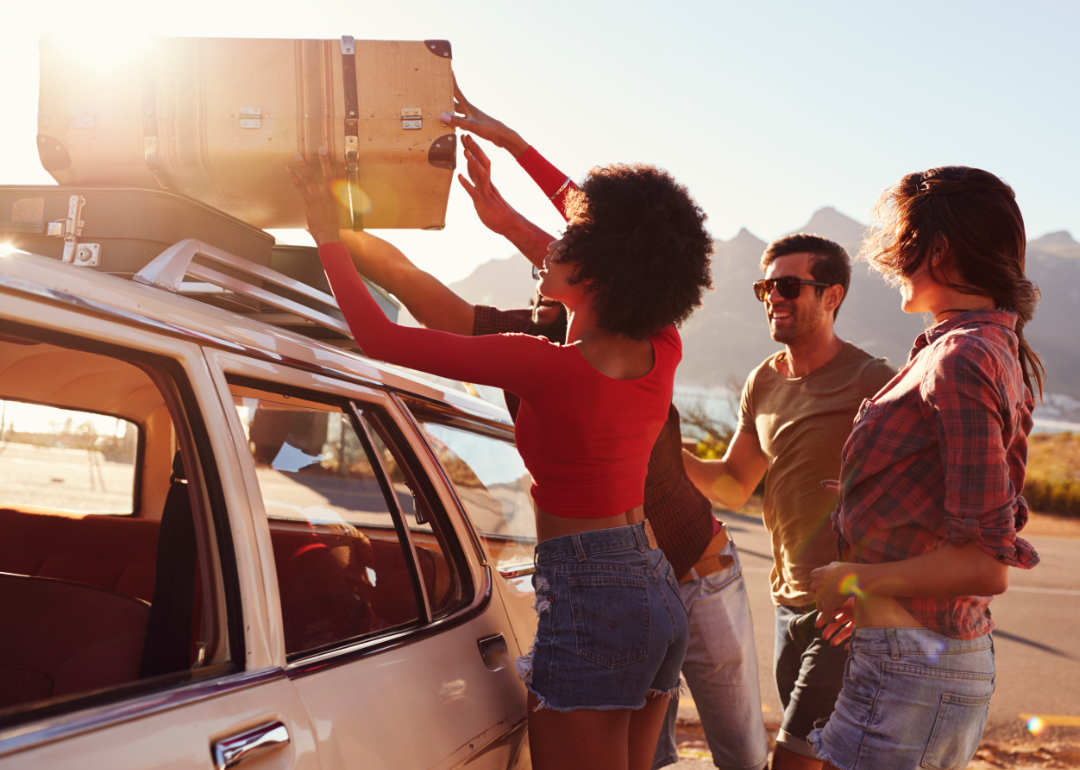
20 tips for the ultimate road trip
Virtually no other mode of vacationing affords the freedom of exploration inherent in road-tripping.
Whether traveling internationally or vacationing stateside, exploring the countryside by motor vehicle is a perfect way to get to the heart of a region—and a fantastic method for satiating wanderlust. Unlike pre-booked vacations, which too often involve hectic airports, hurried tour guides, and detailed, unchangeable itineraries, road trips allow travelers to go at their own pace, soak in the scenery, and take in the full scope of the landscape.
A full 43% of Americans had road trips planned this summer, according to consumer research released in May 2023 by TransUnion. Many people prefer road trips because they're more flexible and, often, far more affordable than other modes of transport. Some of the most popular weekends for road trips fall on summer holidays: The American Automobile Association predicted a record-setting 43.2 million Americans would road-trip over Fourth of July weekend this year.
While it's easy to enjoy an adventure on the road, there are plenty of hacks to make the overall experience more pleasurable. To that end, Stacker curated a list of 20 road-trip tips to help make every overland adventure more enjoyable. Some are practical suggestions, while others are more creative ideas meant to enhance the fun. Keep reading for 20 ways to improve your next adventure.
You may also like: Main Street America: Route 66 attractions by state
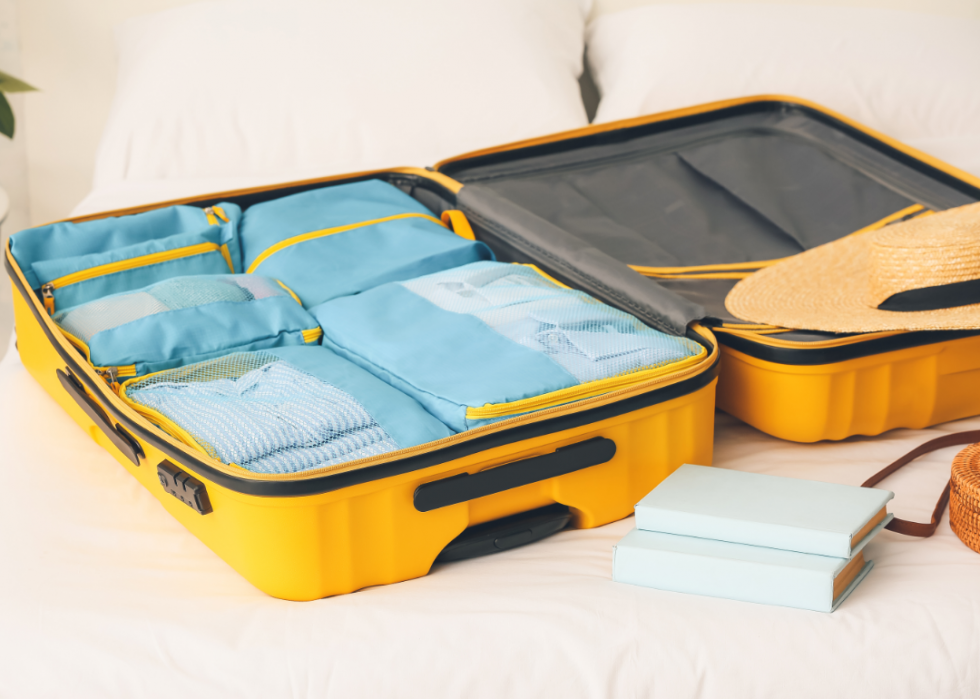
Compartmentalize your luggage
Having to dig through one giant bag of clothes, toiletries, and electronics is enough to drive any road-tripper bananas—especially if said digging is a recurring theme spread out over several days or weeks.
Packing can be easily compartmentalized with smaller bags or packing cubes organized by activity or occasion. Planning for several beach days? Prep a bag or packing cube with beach-only items. Stopping at various hotels along the way? Pack another cube with overnight essentials to prevent hauling a car's worth of luggage into every accommodation.
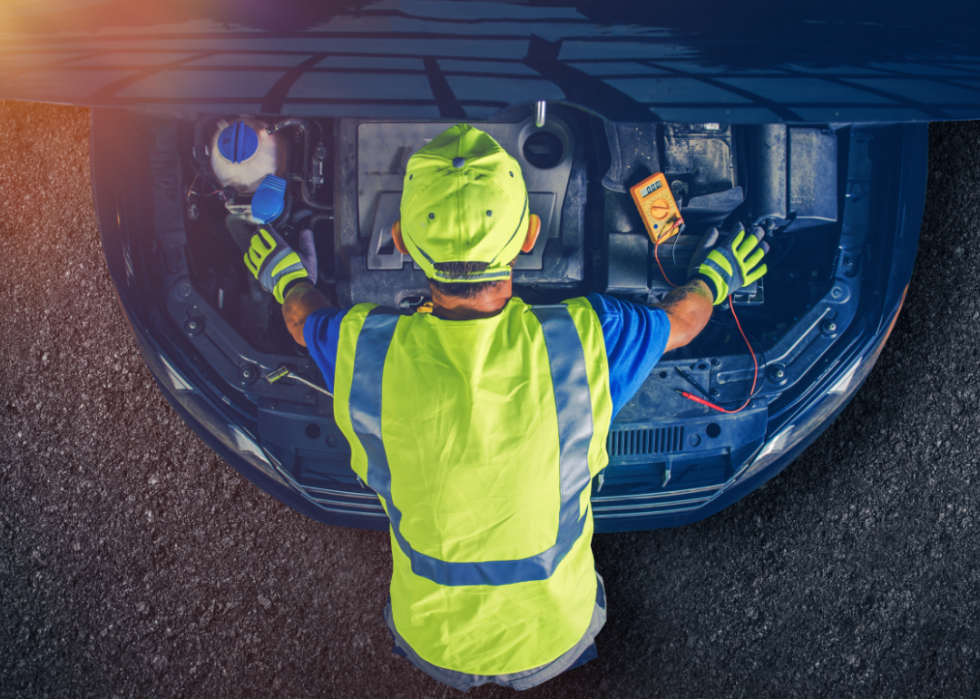
Get a tune-up
Nothing ruins a road trip faster than your car breaking down on the side of the highway halfway through. The simplest way to prevent this is also the most obvious: Take your vehicle in for a basic tune-up prior to the trip. This small investment of time and money can save a huge headache down the road—literally.
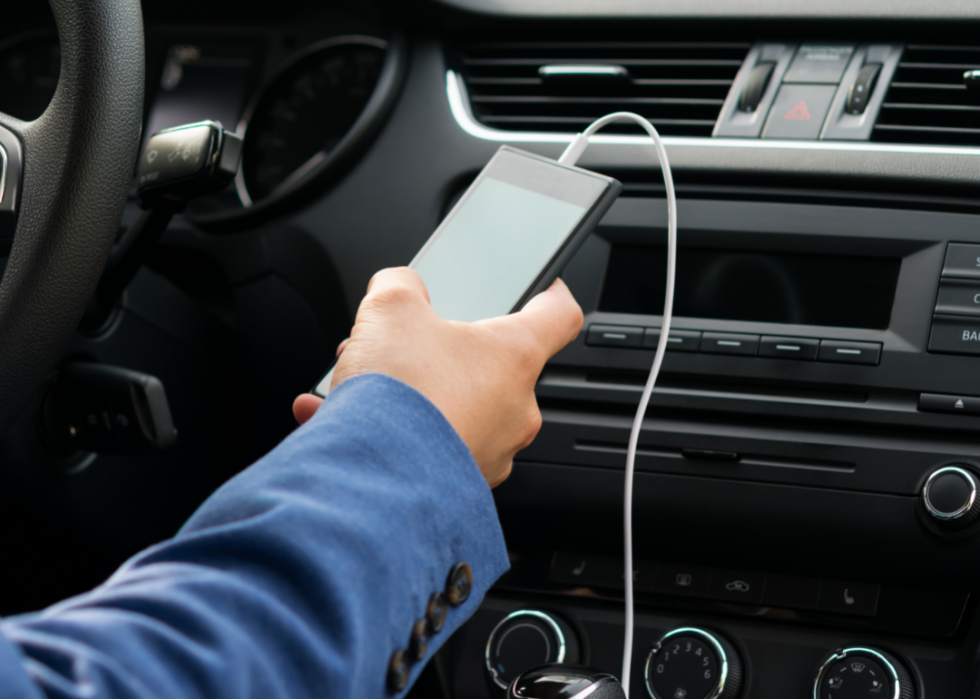
Download your media
Streaming Netflix at a campsite or listening to Spotify for six hours while driving will wreak havoc on your phone plan's data. Even with unlimited data, you're not guaranteed great service—particularly if you're headed into more rural outposts.
Before you head out on the first leg of your journey, download select playlists, podcasts, movies, or other media you plan to consume during that section of the drive. Delete what you've listened to or watched as you go to free up space to download more.

Bring water—lots of it
Keeping water on hand does more than keep passengers hydrated to fight headaches and fatigue.
Water can be used to wipe spills inside your car, poured over your radiator if your engine overheats (lukewarm water only!), and used to wash up after camping. Don't make the assumption there will be potable water everywhere you go. Carry large quantities with you in the vehicle and refill every chance you get in case of an emergency.
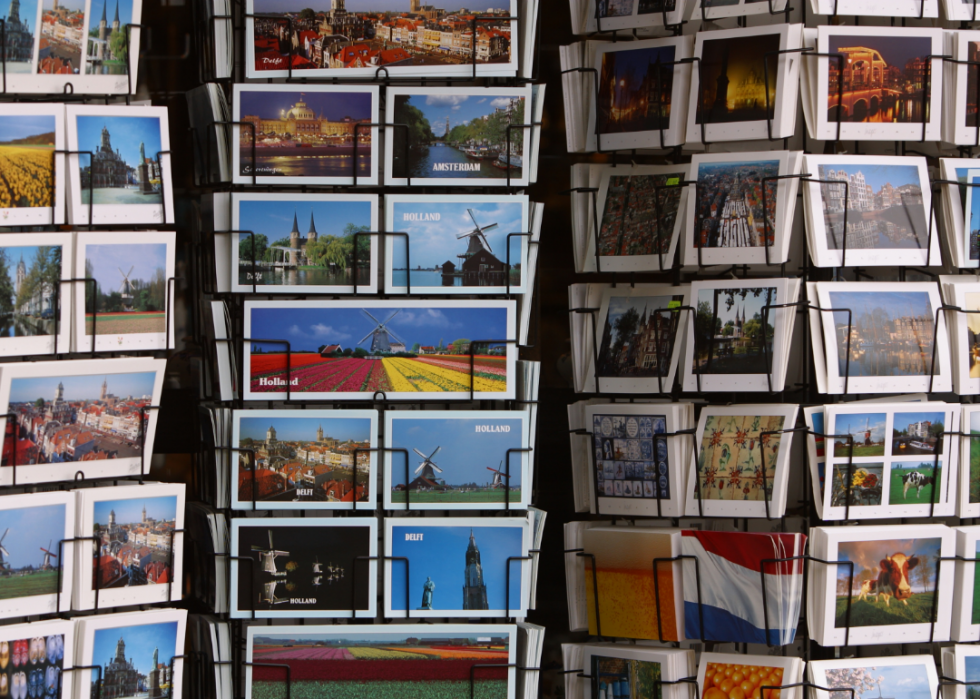
Collect something
If you're planning a road trip with multiple stops, collecting a simple souvenir at each destination is a great way to remember the trip. It could be a postcard, coffee mug, key chain, or something more personal. Many travelers also get creative with photography by taking a photo of a tree in every location, for example, or a road sign, and making a collage of the images at the end. Just remember to be respectful and not take things like plants or other parts of the natural environment.
You may also like: Must-drive roads in every state
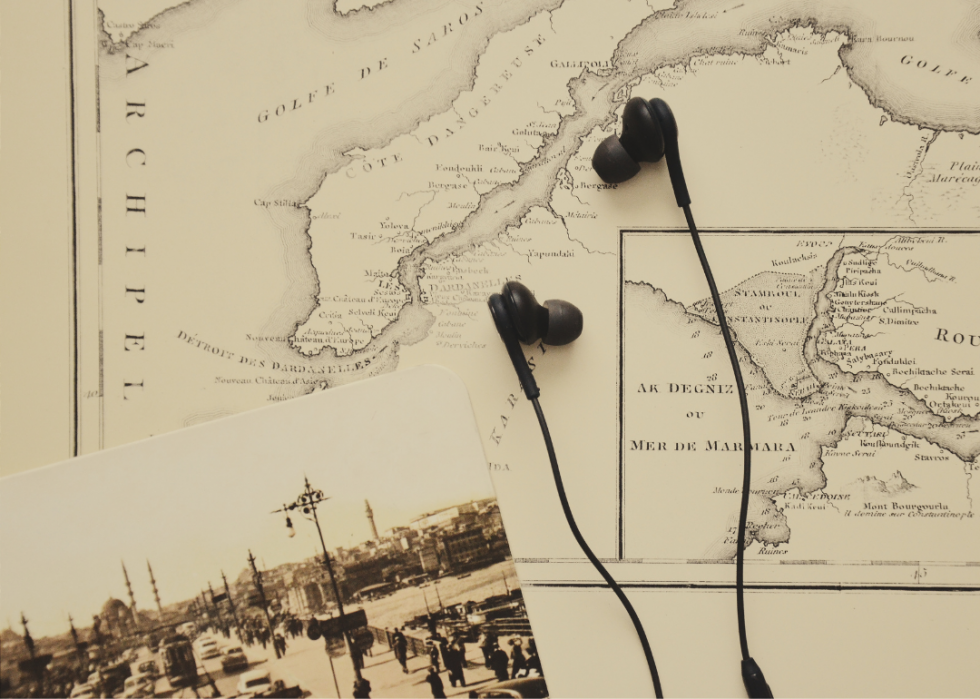
Bring earplugs or headphones
While many of us imagine a classic road trip as an endless highway with the windows down and the music up, there are times weary travelers want silence, too—particularly around bedtime. When you're trying to sleep at noisy campgrounds, crowded trailheads, or in motels with thin walls, having a way to control what you do and don't hear will be a blessing.
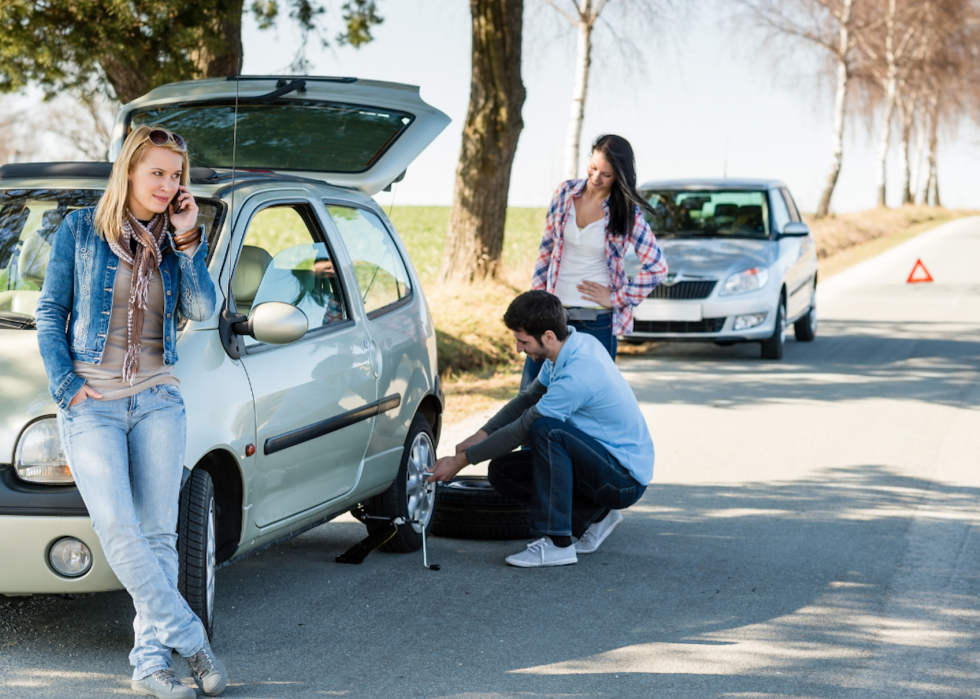
Don't forget emergency provisions
Even the most perfectly planned road trip has its fair share of bumps. Make sure you're prepared for the worst by carrying all basic emergency provisions, including a spare tire and jack, jumper cables, engine oil and fluids, tire chains (if driving through snow), water, snacks, a warm blanket, a fire-starting tool, a flashlight, and a first-aid kit.
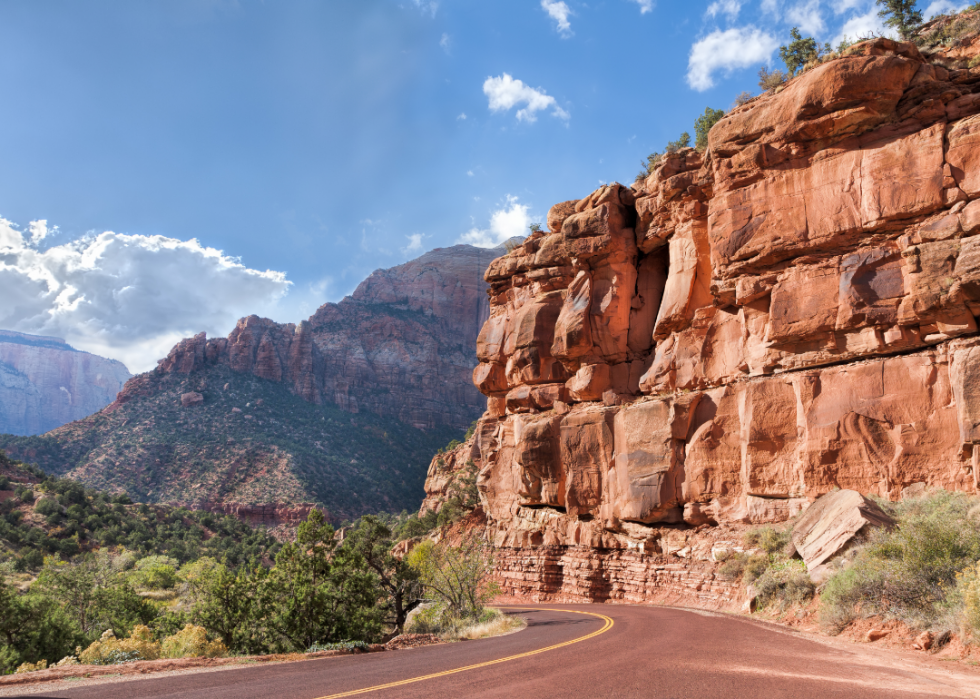
Take the scenic route
It's tempting to pick the quickest path between points A and B. After all, seeing the outside of the vehicle is the whole point of the trip. However, if there's an alternate route that doesn't take much more time but offers a significant increase in scenery, it's often worth it to take the slightly slower path. You will spend a lot of time in your car regardless: Appreciating the journey is key.
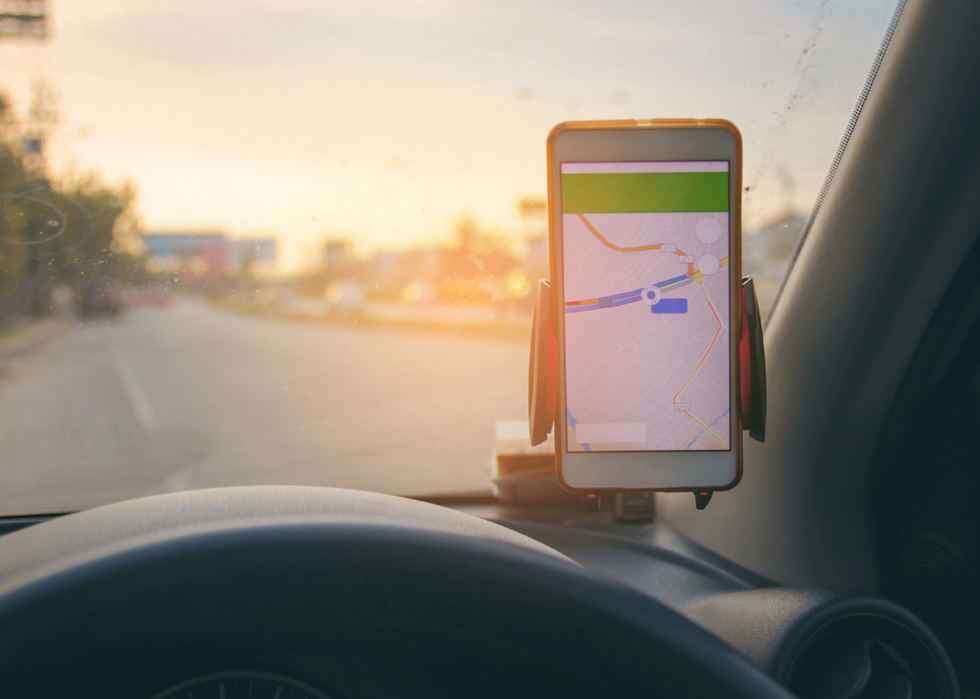
Get Google Maps offline
Getting lost can be part of the fun of exploration; other times, it can be a giant source of stress and tension.
If you anticipate being without Wi-Fi, or traveling through areas with spotty cell service, download the Google Maps of the area you're driving in to your phone before you go. Better yet, pick up a physical road atlas at a gas station—tracing your route will make for a perfect piece of frameable art later on.
Don't wait until you're lost, because you'll need the internet by then and it will be too late. To download the map of the area you're headed, simply enter the city or region you're visiting on your mobile device, click the menu, then "Offline Maps," then "Custom Map." You can then drag the square to the specific area you want to access offline and save. This is helpful not only when driving but when walking around a new town or hiking in more remote locations.
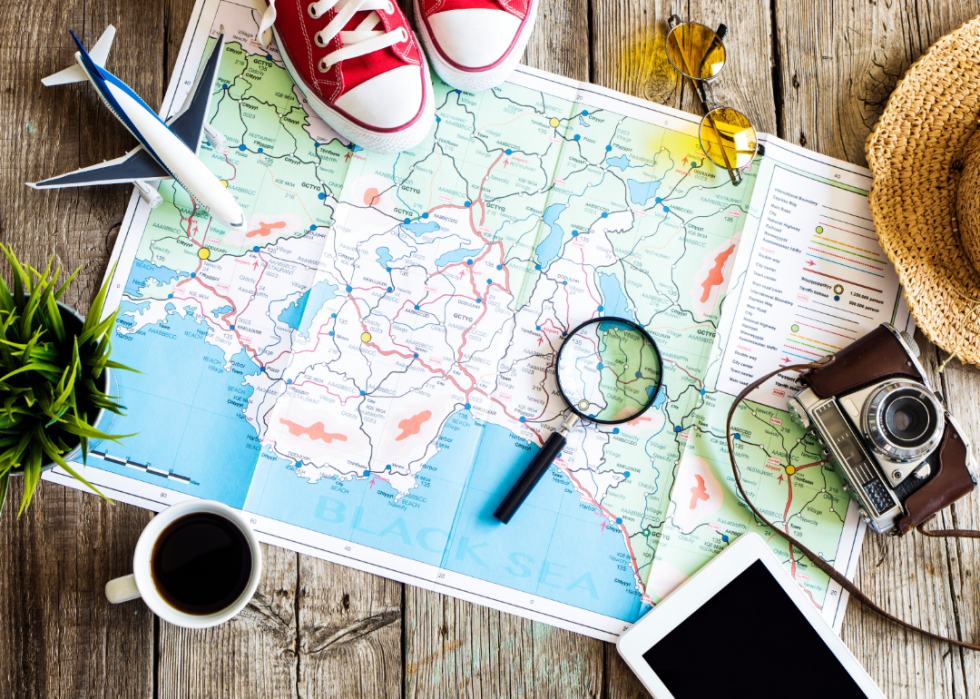
Have a rough plan...
Although the flexibility of a road trip is a massive part of its charm, structureless days can be overwhelming and actually take away from the experience. Without due diligence, you may show up at a national park to find that particular entrance is closed due to high traffic—or you might spend half the morning each day figuring out where everything is and what there is to do.
It's fine to keep much of your trip spontaneous, but it helps to spend a few hours before you go to carve out a basic framework of what options are available to you.
You may also like: Offbeat adventures: Travel to the coolest hidden wonders in every state

...But don't plan too much!
The flip side of too much spontaneity is too much planning or a trip that leaves nothing to chance. Also, it can be exhausting if you spend every minute of your day racing around with an item to check off of your to-do list. Even if you're planning to create a full itinerary, be sure to schedule downtime to rest, relax, and recuperate.
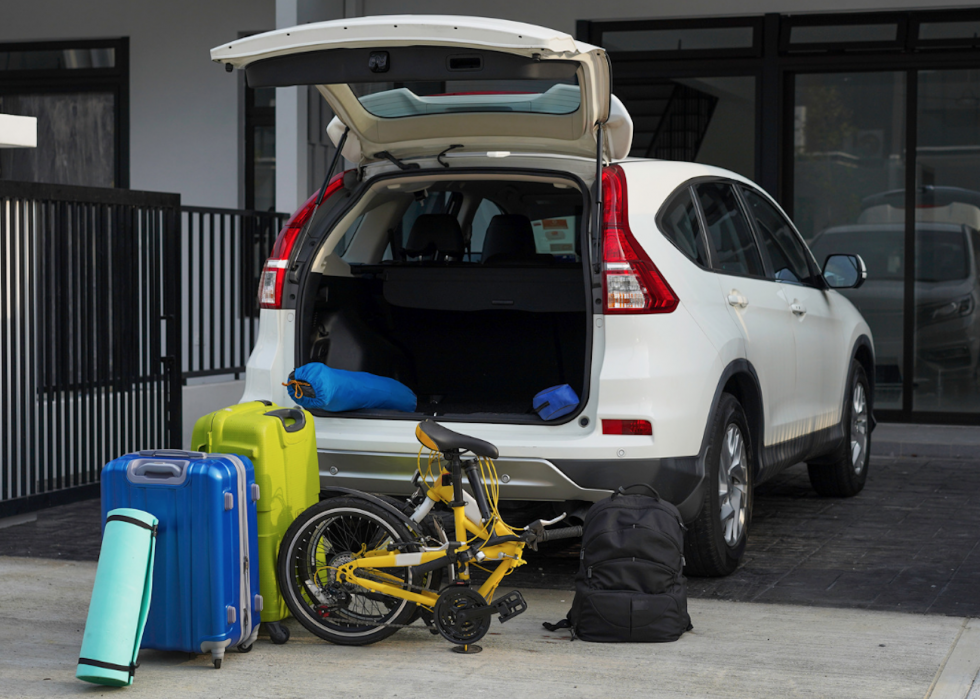
Organize the car
It's hard to enjoy yourself on the road if you're constantly looking for misplaced items, trying to carve out a space to sit, or retrieving things you've dropped into that annoying crack in between the seat and the console. This is where organizational tools and gadgets can come in extremely handy. The internet is full of car ceiling cargo nets, dashboard organizers, back-seat pouches, console shields, sticky pads, mini shelves, and other auto accessories. Load up before you go.
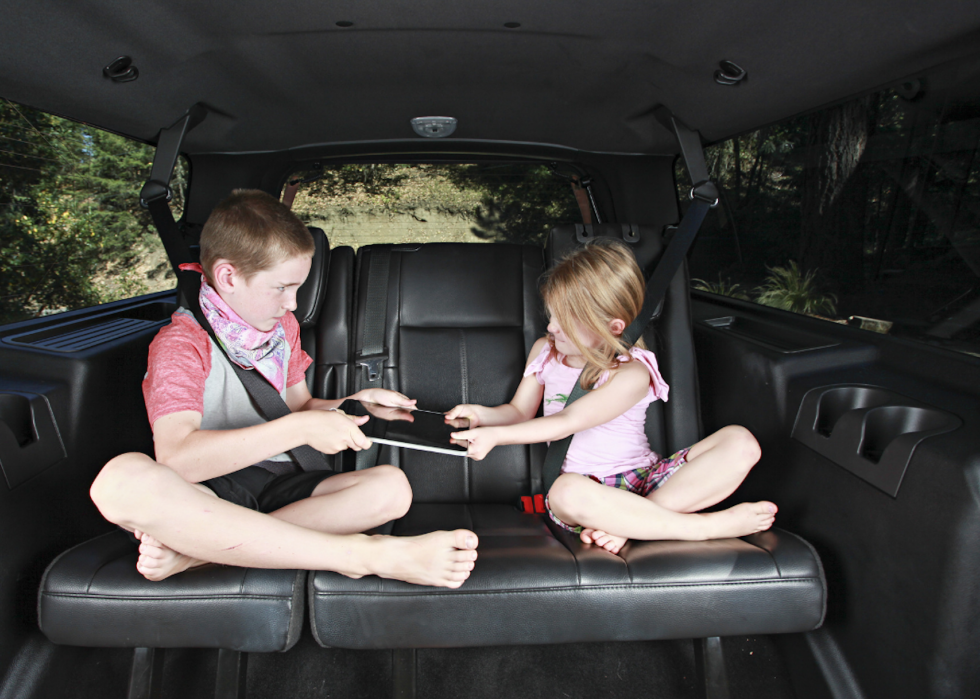
Play games
Whether you're counting license plates, listing off countries by letter, or trying to spot certain types of vehicles, playing games that don't involve screens is a great way to pass the time. If you're traveling with friends or family, create a scavenger hunt before you go, or come up with an ongoing competition that features prizes at the end: Whoever spots the most items with American flag prints or cars that start with the letter T wins ice cream or a free back rub.
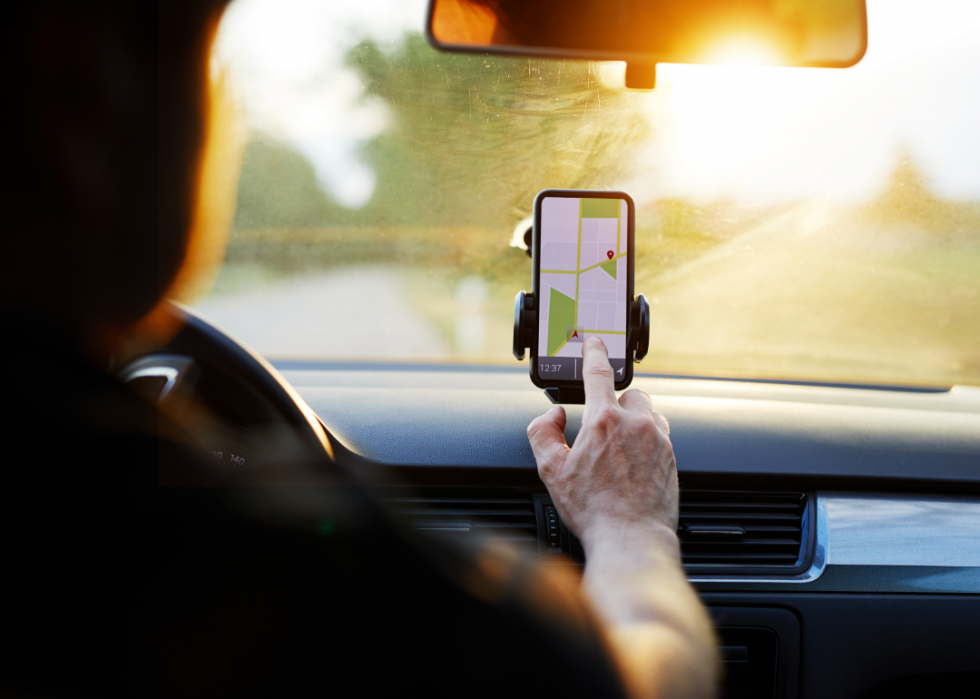
Take advantage of apps
There's an app for everything, and road trips are no exception. Countless parts of your journey can be made simpler with little buttons on your phone. There's "Roadtripper" to help you find routes, "Roadside America" to highlight hundreds of roadside attractions along your way, "GasBuddy" for cheap gas, "Waze" to help dodge traffic jams, and many, many more.
Peruse your options before you go to take full advantage of the modern technology available.

Get a roof rack for storage
If your vehicle doesn't already have a roof rack, planning a major road trip is a great excuse to invest in one. With that, you can put bulky items and other belongings in a cargo box on top of your rig, freeing up an enormous amount of space inside to stretch your legs or pack more items. Don't forget to invest in several sets of strong, reliable straps or bungee cords.
You may also like: Longest highways in America
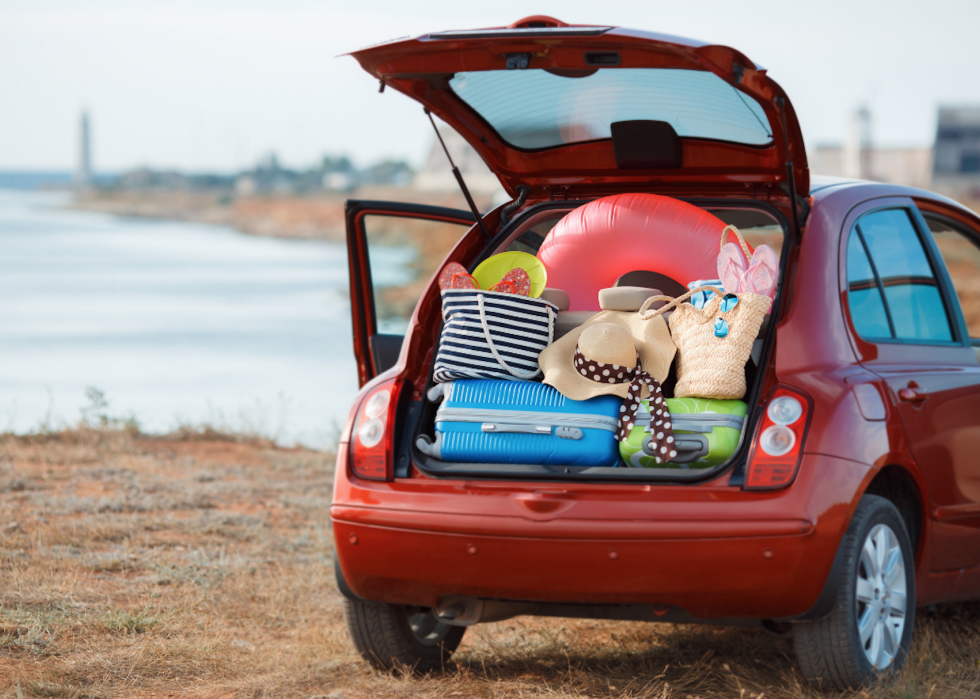
Be mindful when packing the car
Don't just drag everything to the curb and start packing up your vehicle Tetris-style, according to how well certain objects fit together. Instead, be strategic by thinking about what you'll need and when. If you know, for example, that you won't be in the water for the first few days, keep the beach bag and pool toys buried for now. Likewise, if you know you'll want your laptop as soon as you get to your hotel on the first night, pack that on the outside for easy access.
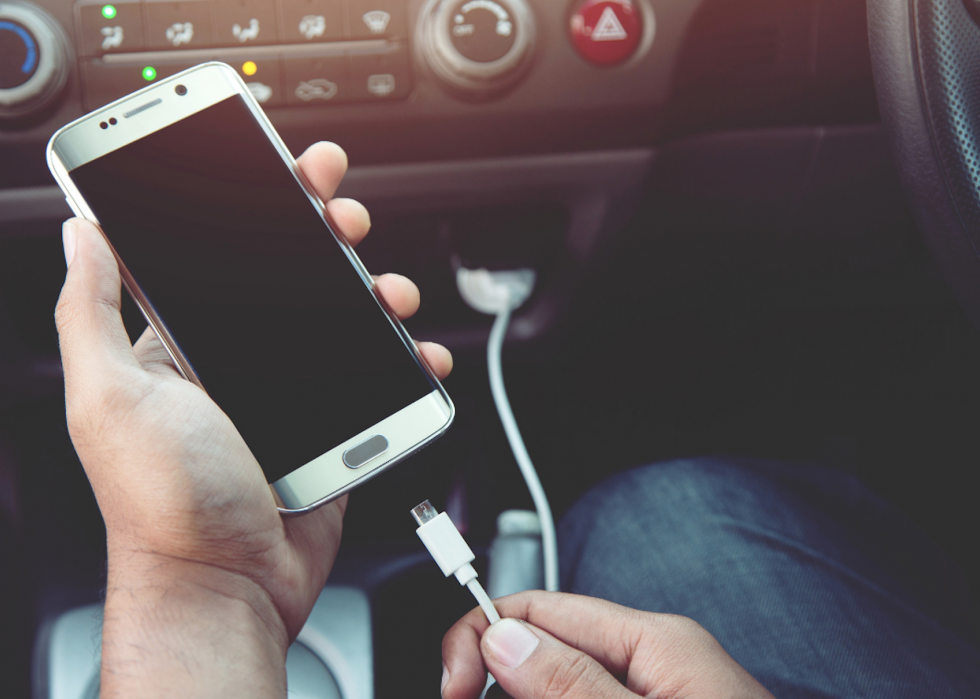
Have a charging system
Between your phone, laptop, Kindle, and other devices, it's likely that you'll have lots of things you want to keep charged on the road—and if this isn't a solo journey, you can double or triple that number. A built-in USB charger in your car won't be enough, even if it has several ports.
Invest in a car-charging adapter that offers a standard outlet (or several), along with USB ports and other charging mechanisms. If you have a lot of devices, you may even consider a larger external solar battery or one you can recharge with the car's engine.

Get a camera that's not your phone
It's a cliché—but a true one—that most people today are attached to their phones in unhealthy ways. If you want to be more present on your trip and enjoy periods of digital detox, bring a camera with you that doesn't have any smart capacities. That way, if you want to go out and explore the town one afternoon without your phone, you can do so without fearing you'll miss a photo op.
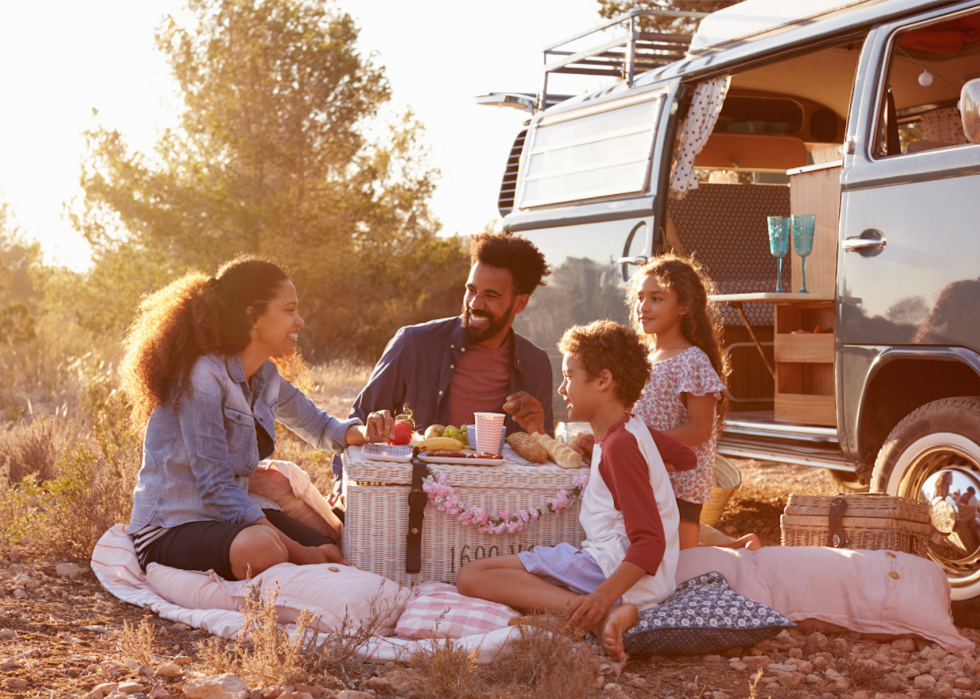
Be adaptable
When you're on the road, the phrase "if it can go wrong, it will" often becomes extra relevant. Although you'll no doubt have tons of fun on your trip, there will also be things that don't go your way. Even the most prepared traveler gets lost, major attractions have unexpected closures, and highway construction cause setbacks—the list goes on.
It's important to mentally and emotionally prepare for unexpected surprises and to do your best to roll with the punches so they don't ruin your trip.
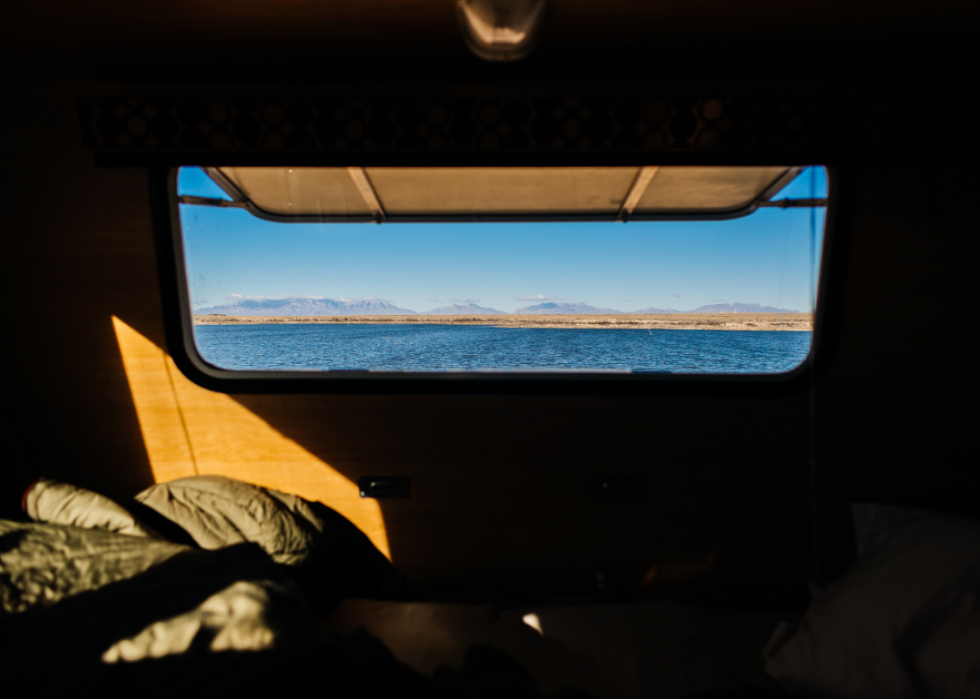
Bring window shades
Even if you're planning to do 100% of your sleeping in hotels or other non-vehicular accommodations, there will be times when you'll want climate control—or shade—inside your car. On top of keeping it cooler when you're on excursions, window shades will make the atmosphere more pleasant if you want to read a book or take a catnap as a passenger.
You may also like: The history behind all 63 national parks



